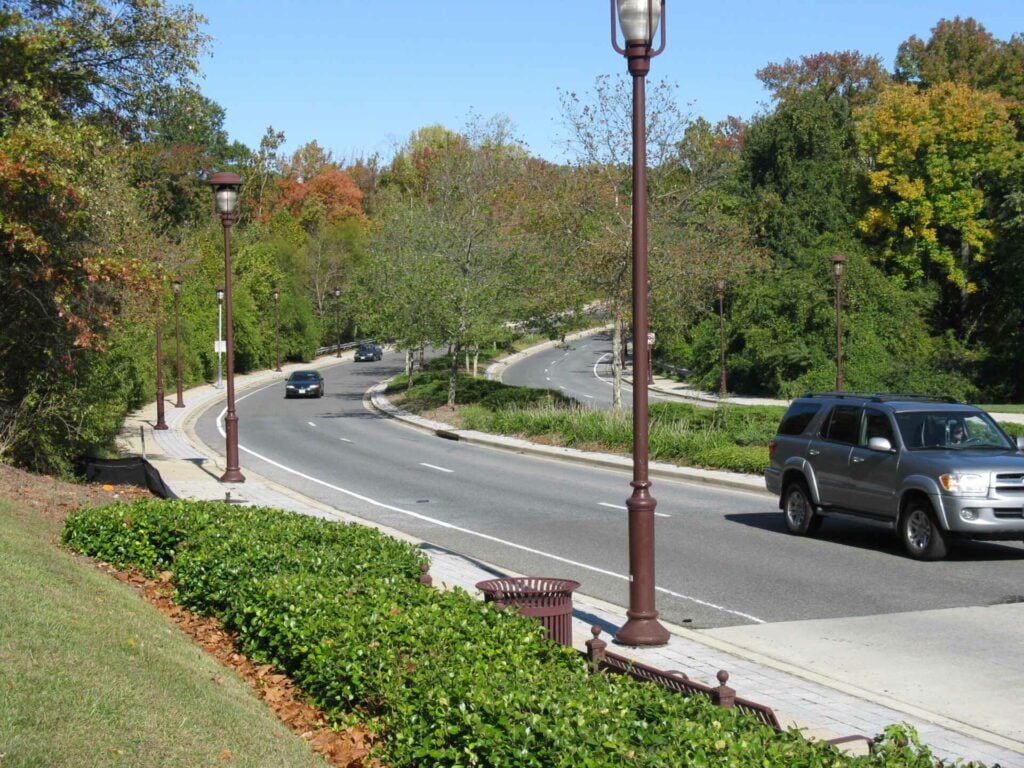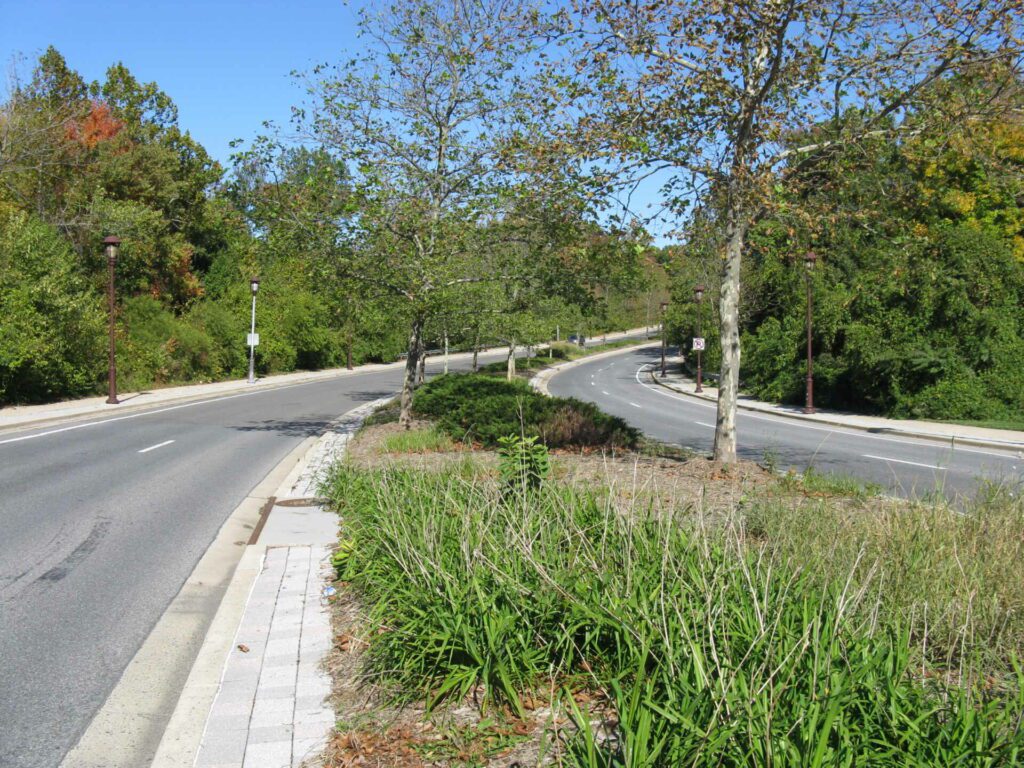Show Notes
The $1.7 trillion government spending bill [PDF] signed into law by President Joe Biden gives state and local governments more flexibility to spend federal COVID relief money on infrastructure projects.
An amendment to the omnibus spending plan allows recipients of aid from the American Rescue Plan Act’s (ARPA) State and Local Fiscal Recovery Fund to use up to $10 million, or 30% of their allotments, on a variety of transportation projects, covering roads and transit.
ARPA funds were appropriated in response to the coronavirus pandemic with the intent to help replace lost revenues due to the impact lockdowns had on local and state revenue and as a means of stimulus. Originally, the funds were provided to help governments carry out infrastructure projects and other activities.
The amendment relaxed some of the restrictions on spending associated with the Treasury’s recent “Final Rule [PDF].” This “relaxing” allows funds to now be spent on transportation infrastructure and public services in communities, such as upgrading roads, bridges, and public transportation systems, whereas before this was not an eligible expense. However, ARPA funds cannot be used for operating expenses. While there is a spending cap, our analyzes federal policy and translates this information to clients in consultation to best help them.
The 2021 Bipartisan Infrastructure Law (BIL) created new competitive and discretionary programs for transportation funding. ARPA funds may be used to supplement both existing and new federal aid programs like the Rural Surface Transportation Grant Program, Reconnecting Communities Pilot Program, and the BIP () among various others.
There will be reporting requirements for ARPA funds spent, and they must support the achievement of one or more performance targets established under Section 150 for Title 23 [PDF] National Goals and Performance Management Measures (PBPP) of MAP-21.
What are the most crucial factors clients should proactively consider before initiating the grant process?
State and local governments should wait until federal guidance articulating spending rules is released, which is expected toward the end of February or the first week in March. Leaders should make sure the supplemental funds are incorporated into their capital improvement plans, do not supplant previously dedicated funding, and are “obligated” before December 31, 2024, to be spent before September 30, 2026.
Clients should also consider which projects could use this funding as a local match for projects that are already in the pipeline.
Five key points to consider when navigating:
Understand the eligibility requirements
Before applying for ARPA funds, community representatives should thoroughly review the requirements for the specific program or funding opportunity they wish to pursue. This will ensure the governments and agencies don’t waste time applying for projects for which they may not meet eligibility requirements.
Develop a detailed budget and project plan
Governments and agencies should develop clear and detailed budgets and schedules along with clearly demonstrating the project need, and how the ARPA funds will be used.
Be aware of the deadlines
Check the deadlines for submitting proposals and applications for ARPA funding – the deadlines are often shorter than you might expect. Draft your proposal or application well before the deadline to give yourself plenty of time to make any necessary revisions.
Understand the reporting requirements
After receiving ARPA funds, governments and agencies should anticipate submitting regular reports and submittals for reimbursement to the funding agency outlining how the funds were used and the progress of the project. Be familiar with reporting requirements and the appropriate platforms used for data entry and reporting.
Communicate regularly with the funding agency
Questions concerning the ARPA funding process should be directed to the appropriate agency. Maintaining open communication with funding agencies can help ensure that your projects are successful.
How does RK&K give our clients the best chance of being awarded grant funding?
Our team understands localities are looking for support to identify potential federal grant opportunities strategically and proactively for transportation projects and submit additional applications to benefit from substantial federal awards. Our firm has experienced public policy and community planning professionals, in the world of engineering and design. Our subject matter experts thoroughly review federal policy language and utilize an interdisciplinary approach to assist our clients in submitting highly competitive grant applications. Examples of the technical assistance we provided to clients include, but are not limited to:
- Grant application preparation
- Coordinating and communicating with awarding agencies on behalf of clients
- Producing supplemental application elements, such as data to support the need, graphics to explain the need, written content, and cost estimates more easily
- Posting award compliance activities such as project progress tracking and report development
The RK&K Grants Specialists Team provided Prince George’s County, Maryland, Department of Public Works and Transportation technical support in the drafting of the project narrative element of their Safe Streets for All grant application.
An example of what you can do for your community
The RK&K Grants Specialists Team (GST) provided Prince George’s County, Maryland, Department of Public Works and Transportation technical support in the drafting of the project narrative element of their Safe Streets for All grant application.
The County’s application consisted of seven surface transportation and safety enhancement projects targeting historically underserved communities and active transportation modes. Technical assistance included, technical writing, multiple plans evaluation, crash data compilation, demographic trends synthesis and contextualization, project budget and cost estimate development, GIS mapping, and graphic design elements. The technical assistance provided by our team enabled the county to meet the federal grant’s deadline with an augmented application that directly spoke to the merit criteria associated with the spirit of the funding program and the goals of the White House’s Justice40 initiative [PDF].



